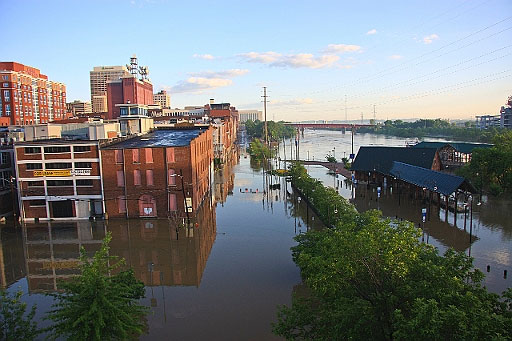Introduction
Floods are the most common and costliest natural disaster in the United States. Floodsmart.gov defines a flood as "A general and temporary condition where 2 or more acres of normally dry land or two or more properties are inundated by water or mudflow. Your flood risk isn't just based on history: it's based on many factors that include current weather patterns, natural changes in the environment, and recent development in your community." It's important to remember that most homeowner's insurance policies do NOT cover floods, so it's important to understand your flood risk.
At Vanderbilt University, we take all disasters, both natural and man-made, very seriously and work to mitigate against and prepare for all hazards - including floods. Flash Floods can occur within a matter of minutes and sweep people and vehicles into the water, while other large-scale floods, like in 2010, devastate a large area. Our goal is for our Emergency Preparedness Program to minimize the threat to life, safety, and property from flooding or any other incident on our campus.
2010 Nashville Flood
In May, 2010, Nashville experienced one of its worst natural disasters - a flood that killed 11 people and caused $2 Billion in damage. The Cumberland River crested 12 feet above its flood stage, and 13 inches of rain fell during a 36 hour period. Recovery from the flood continues, with several agencies assisting with home repair, reconstruction, and all types of needed assistance. For more information about this historic flood, see Metro Nashville Government's website.

Credit: Metro Nashville Government
Be Prepared for Floods
Floodsmart.gov contains several resources to assist you in determining your flood risk, mitigating against flooding, and purchasing flood insurance through the National Flood Insurance Program. See the links below for more information.